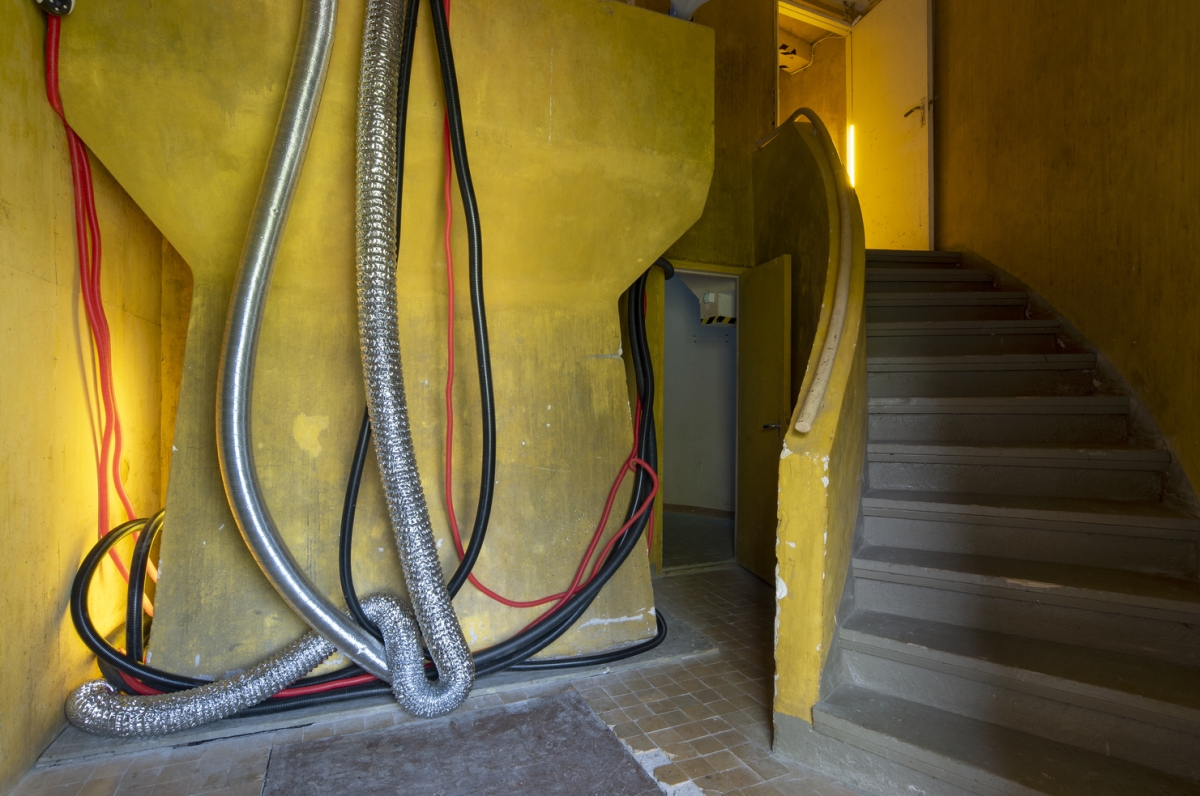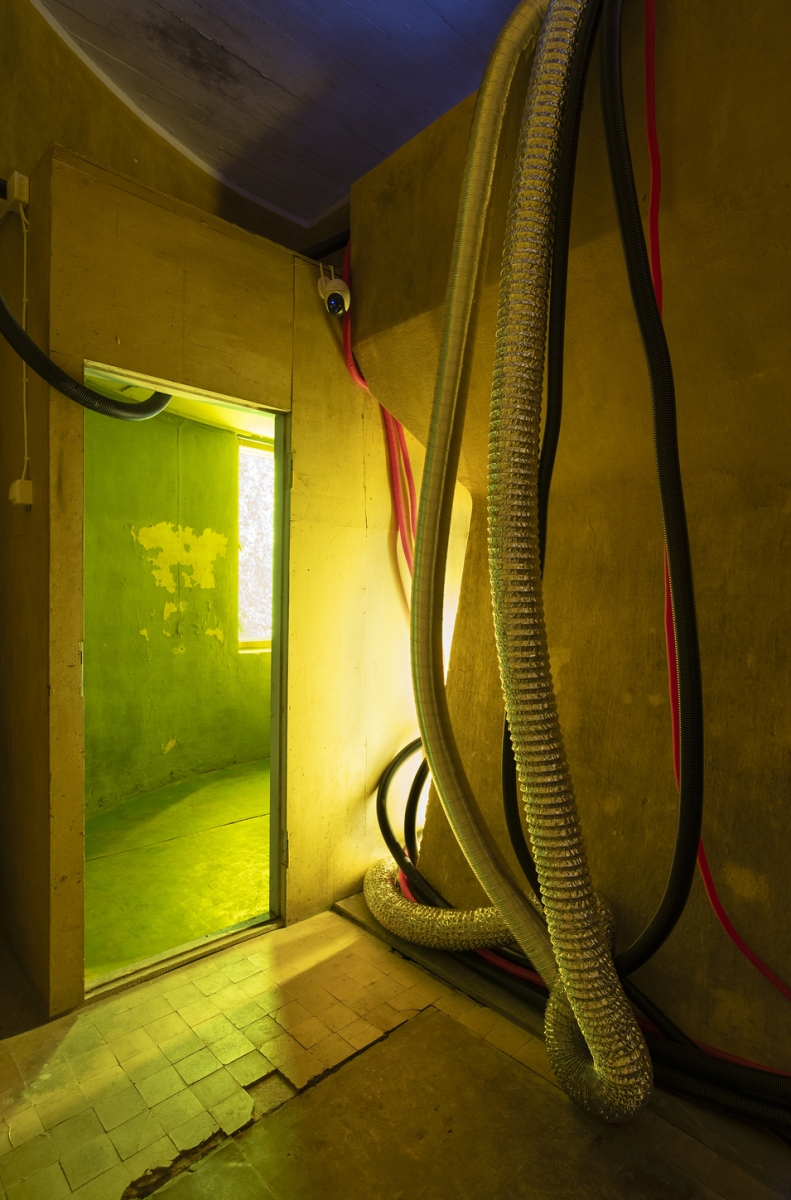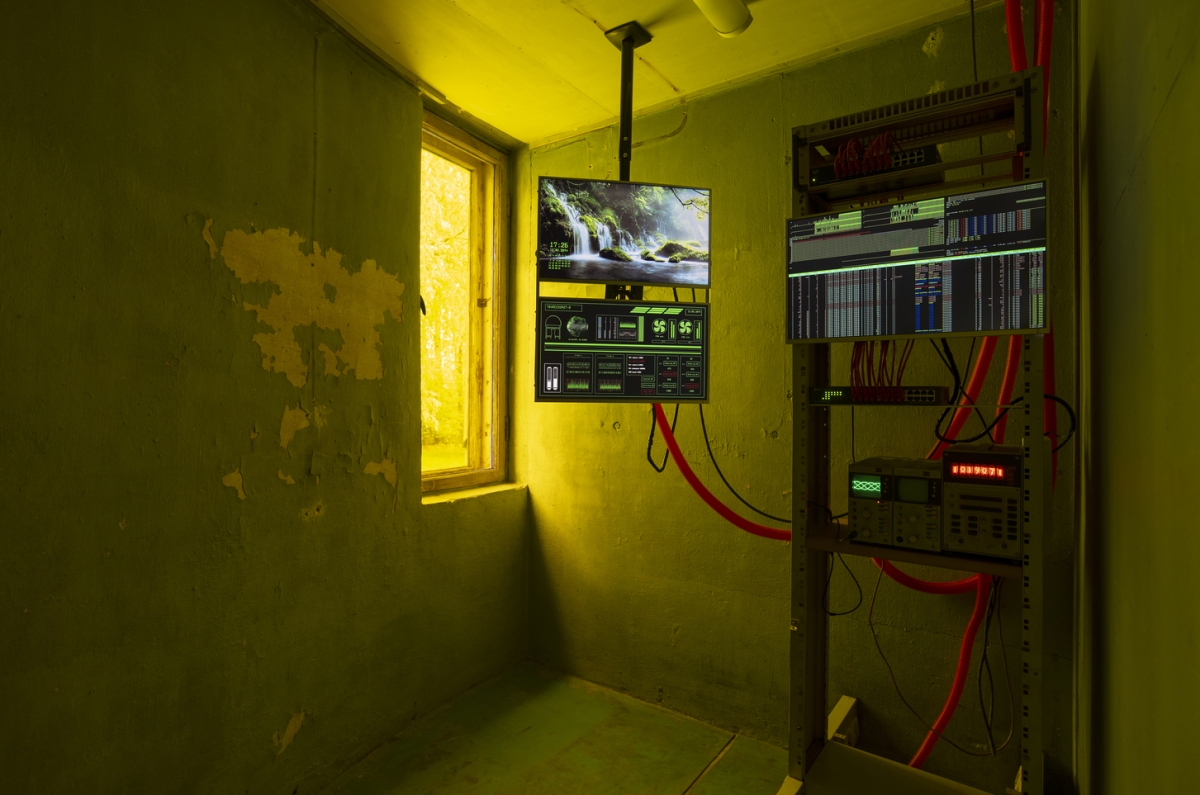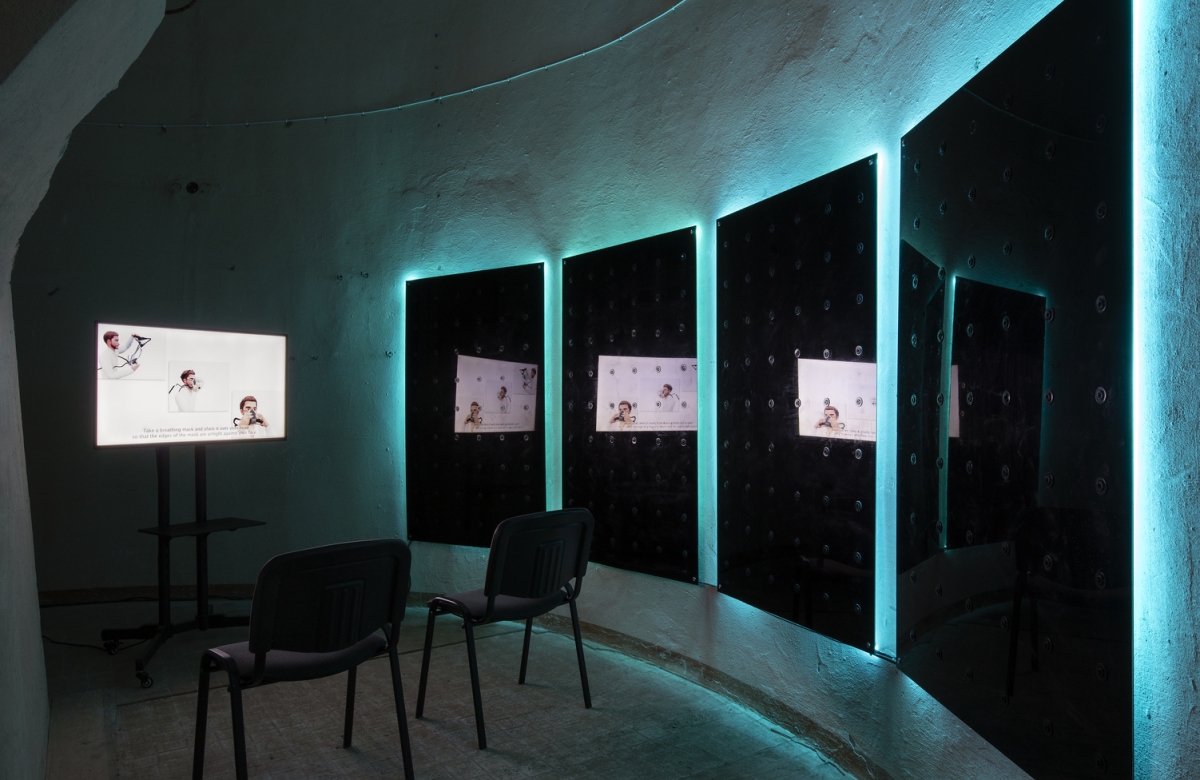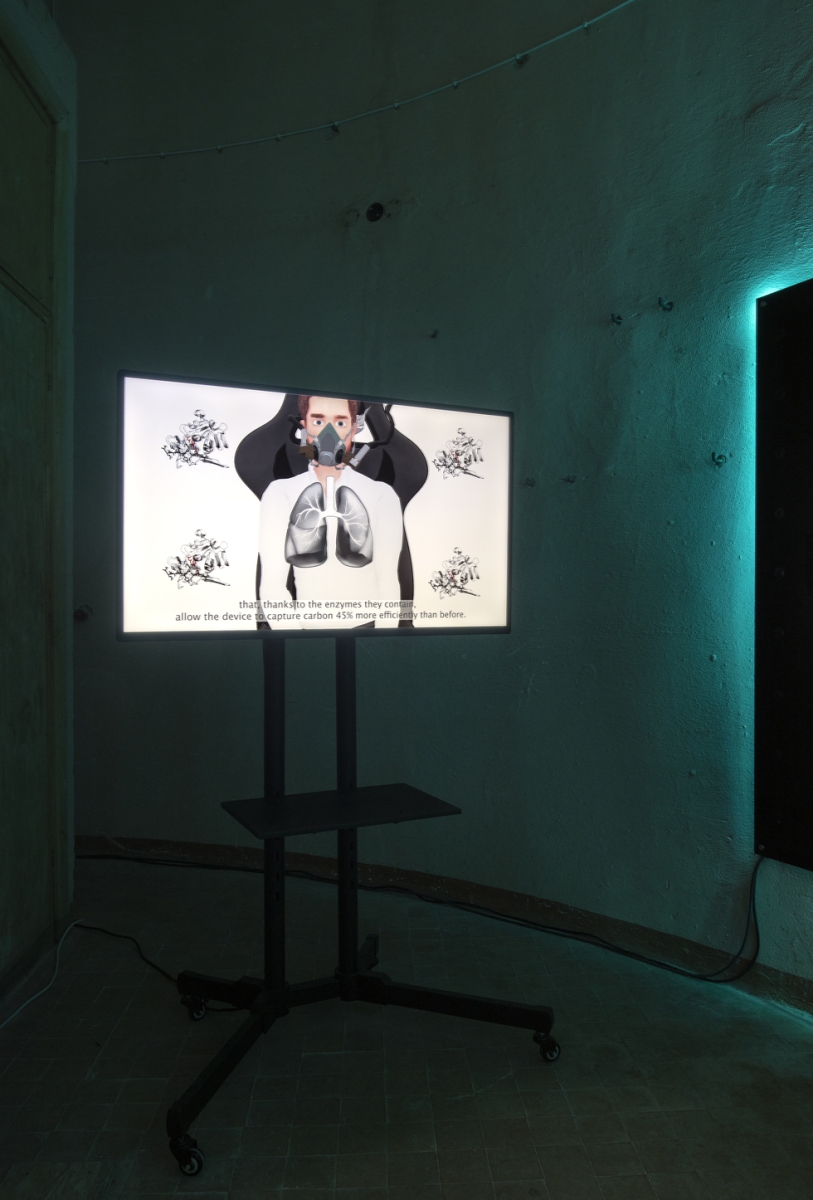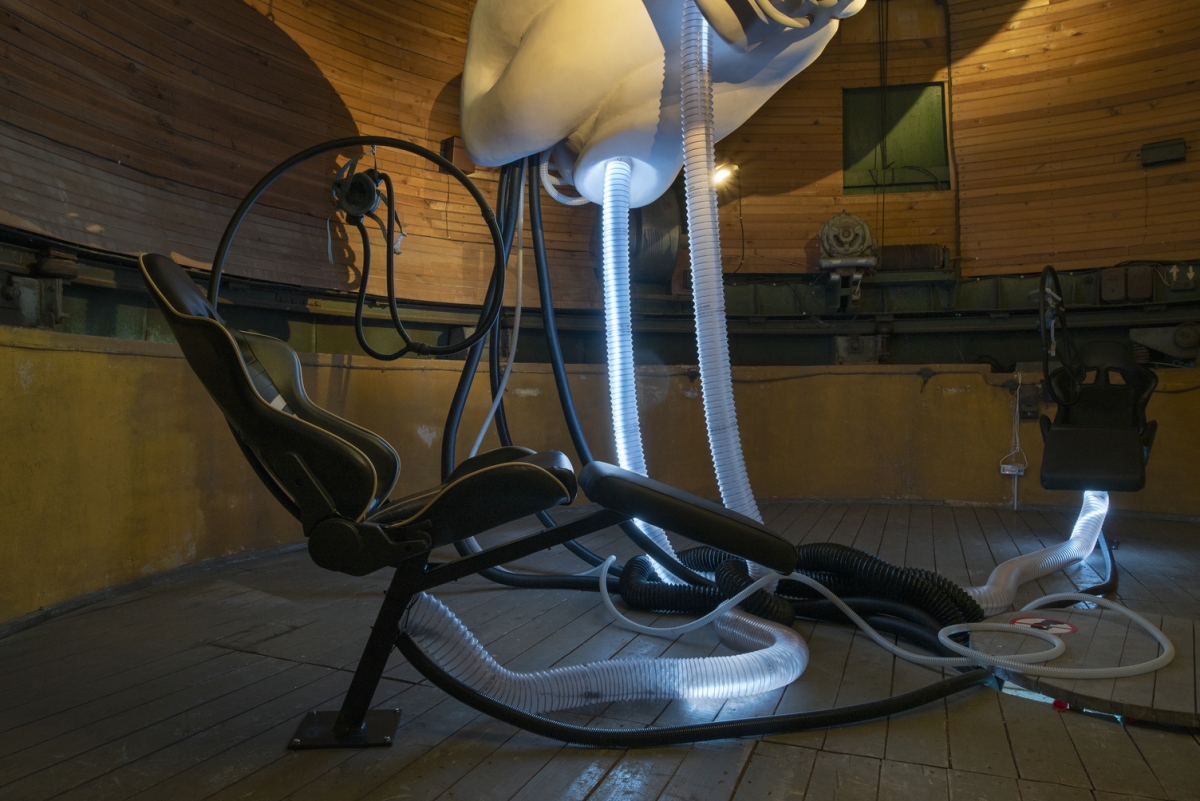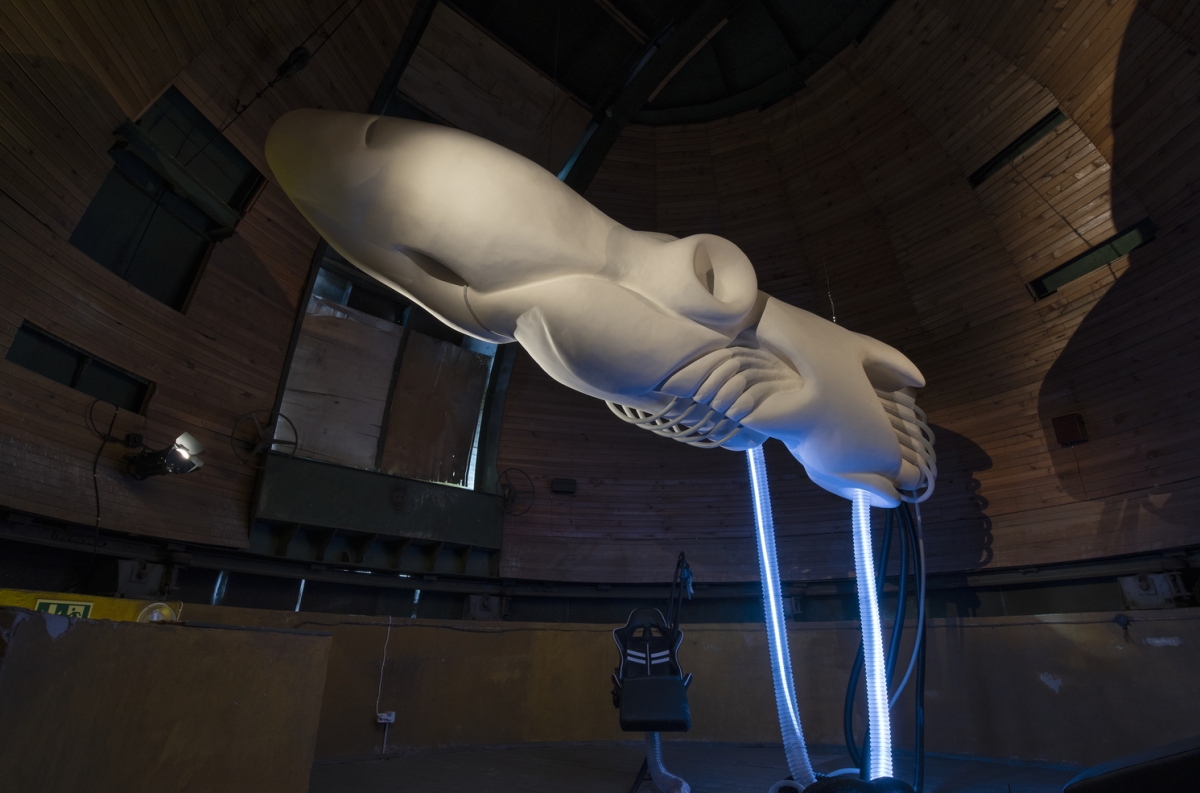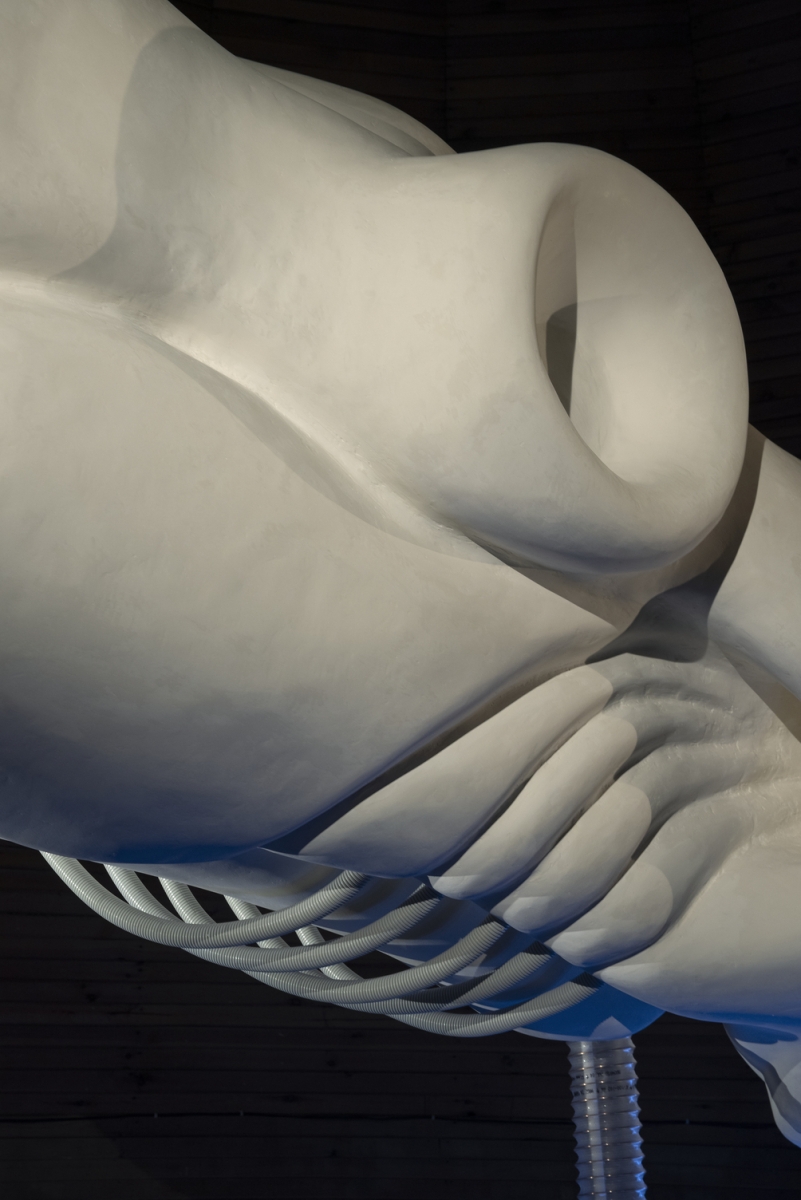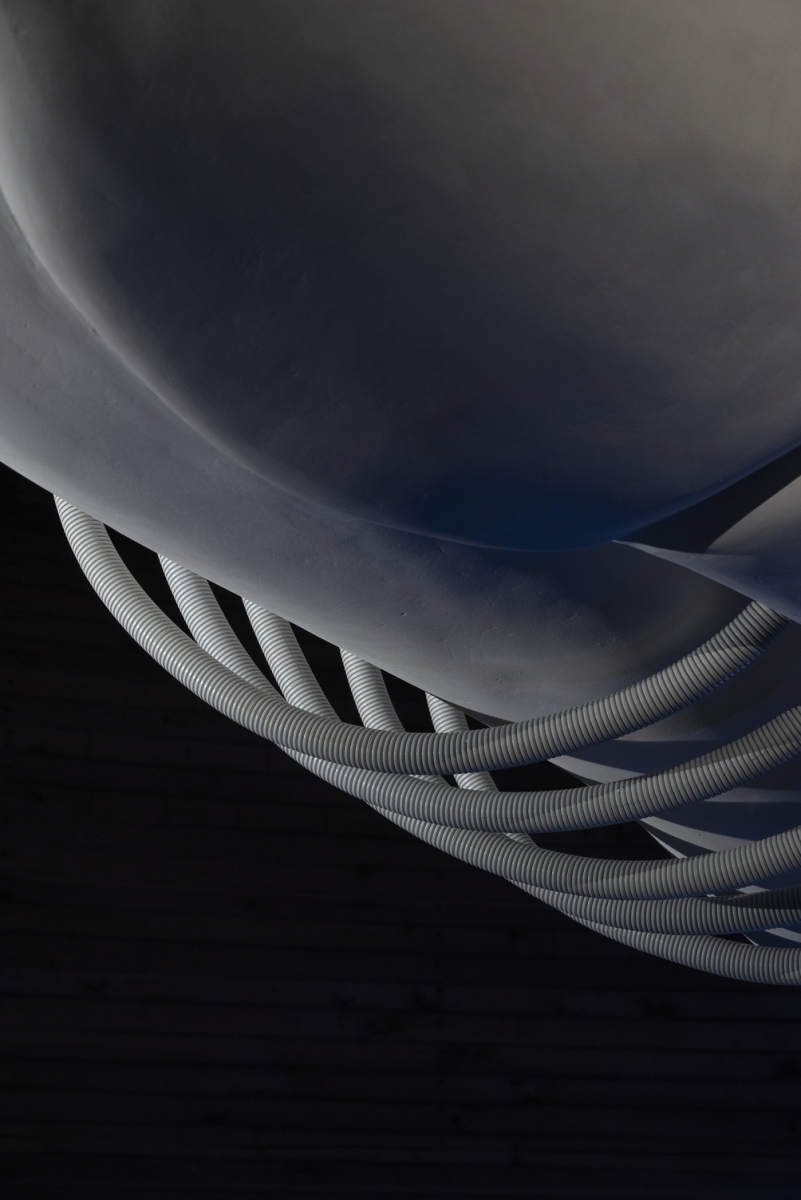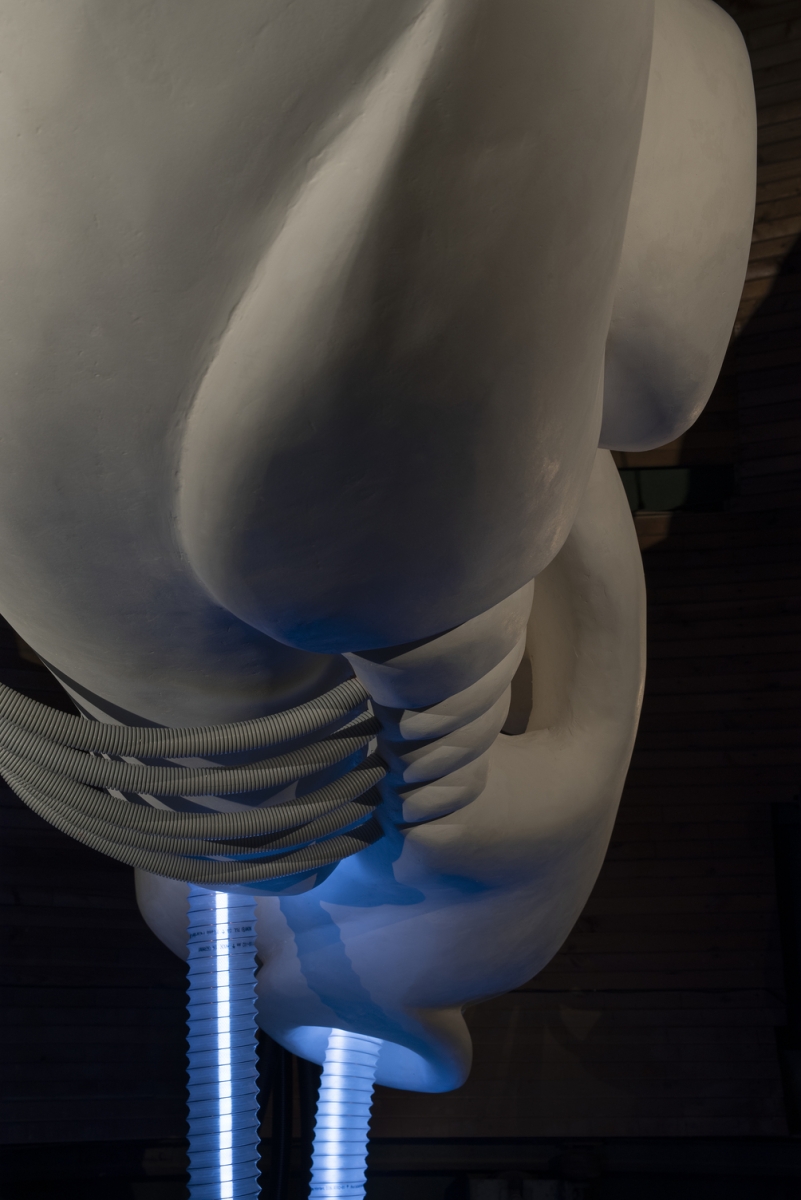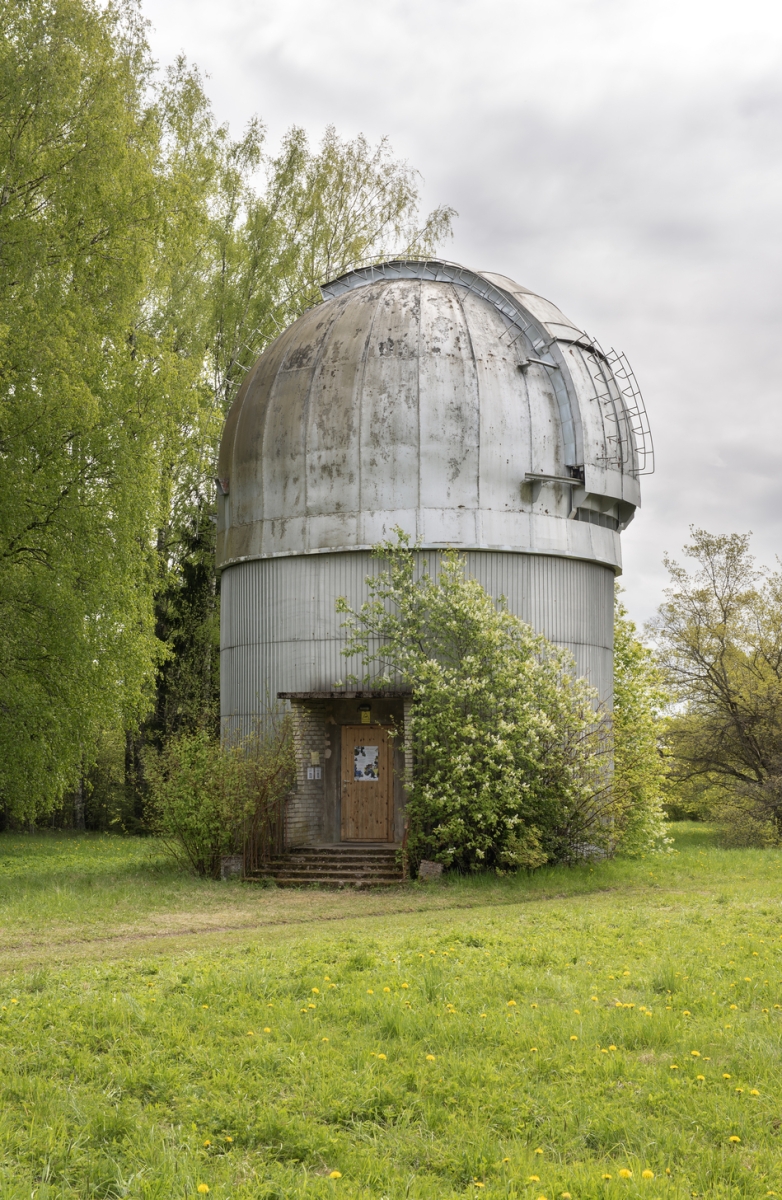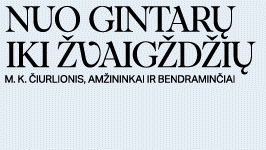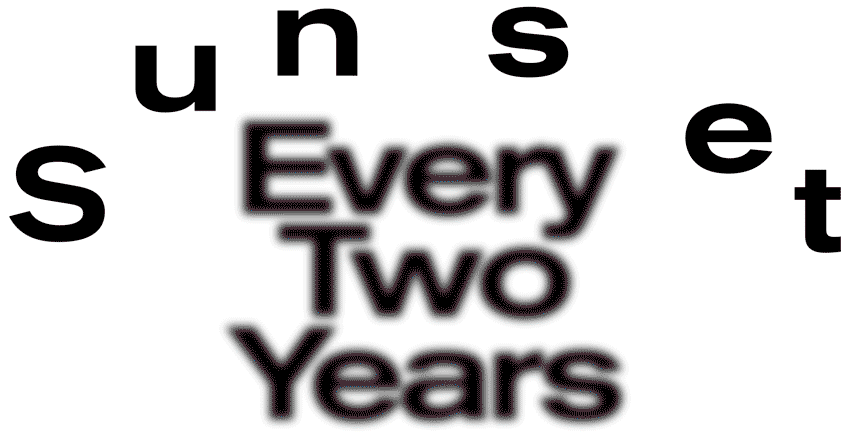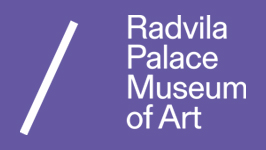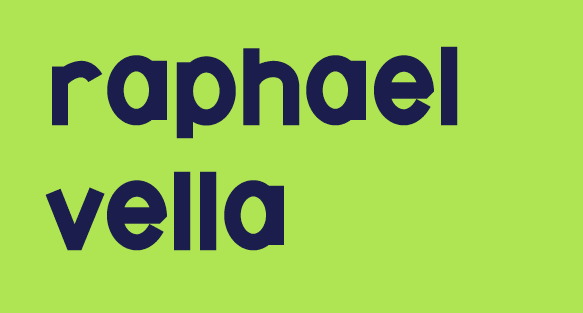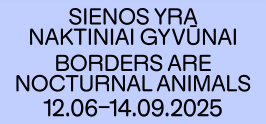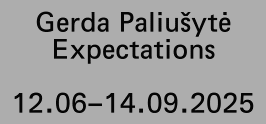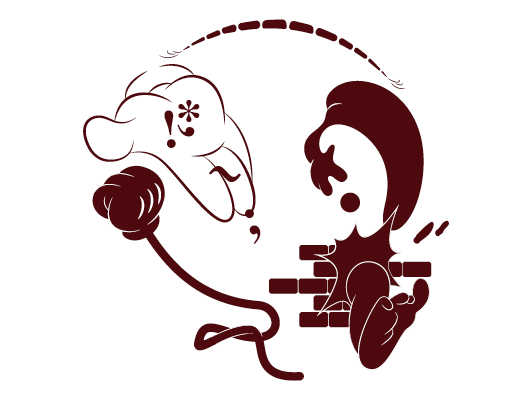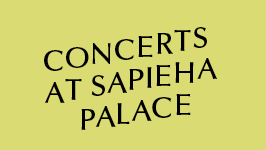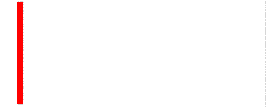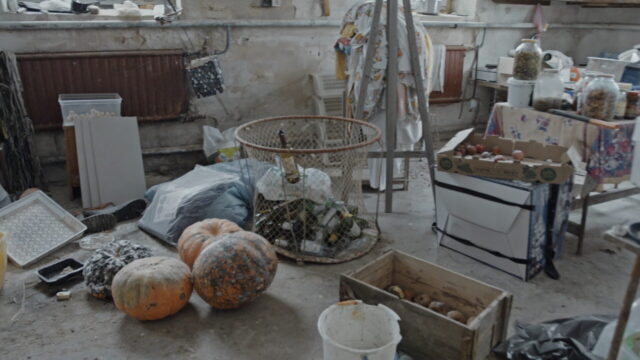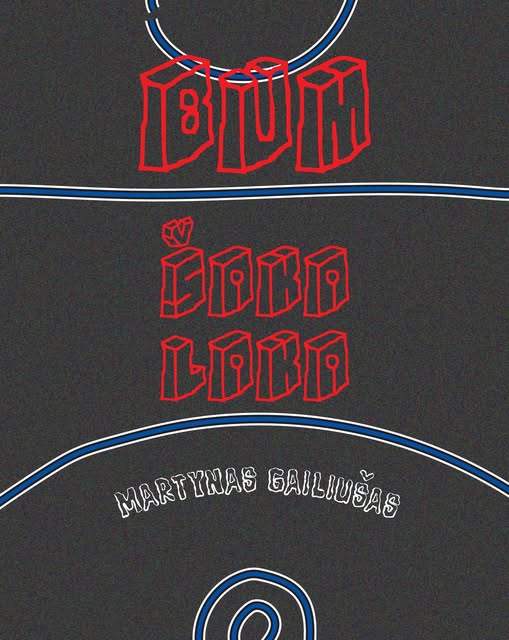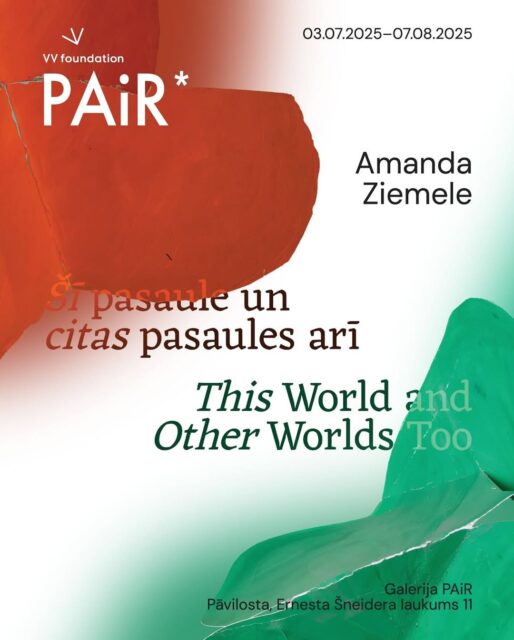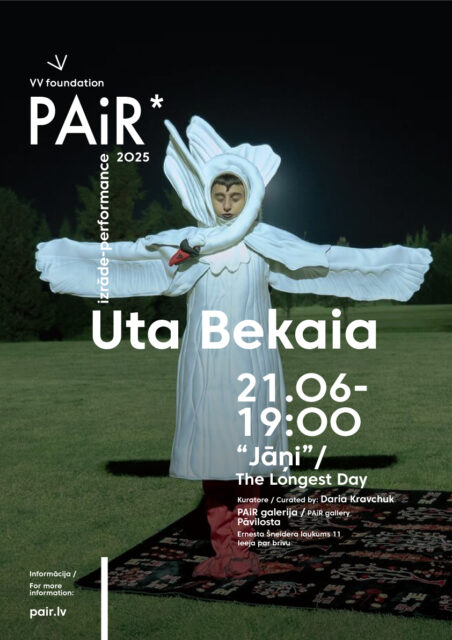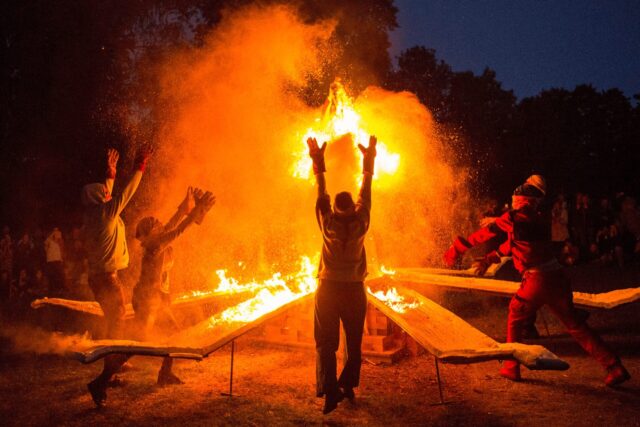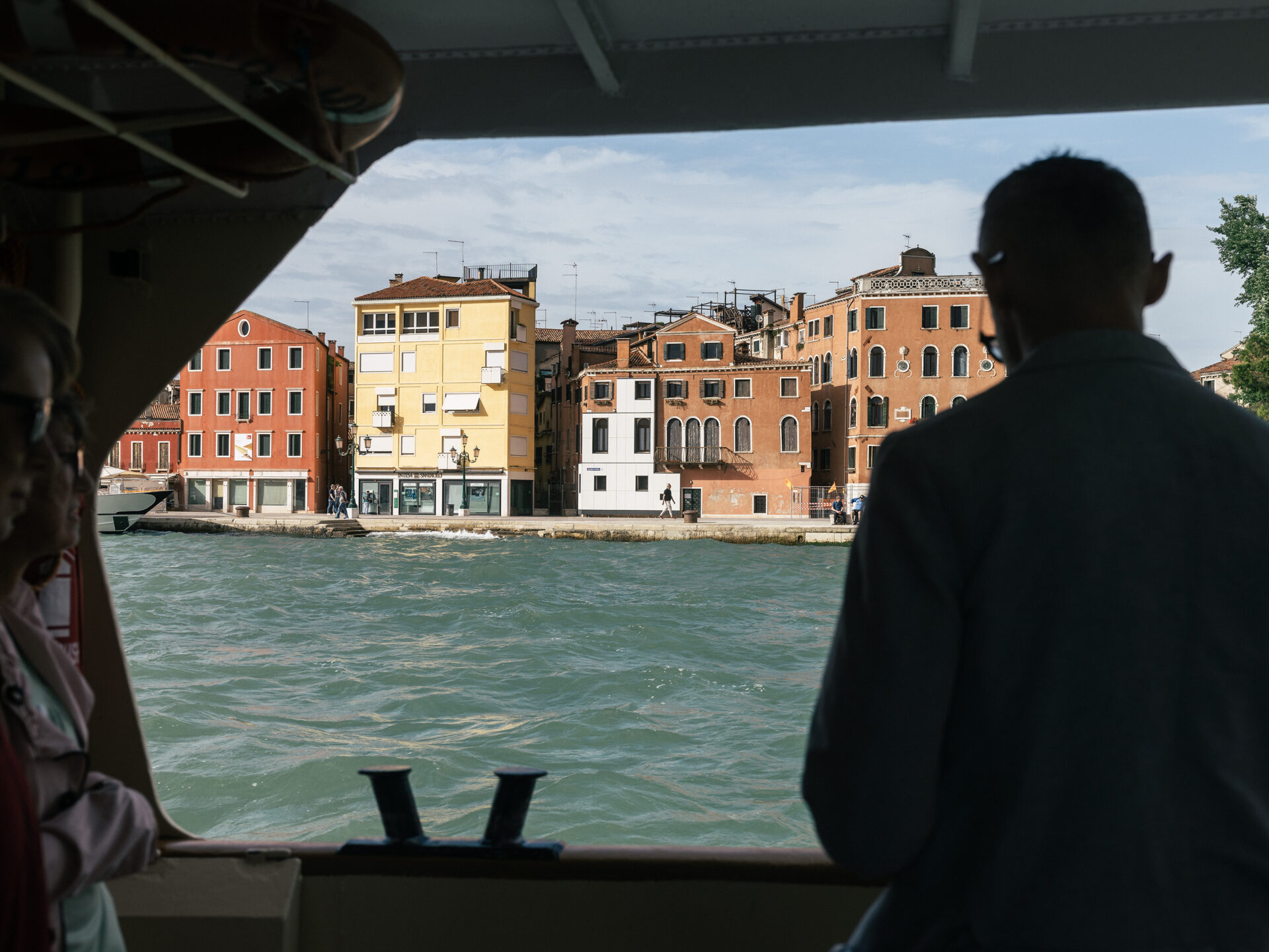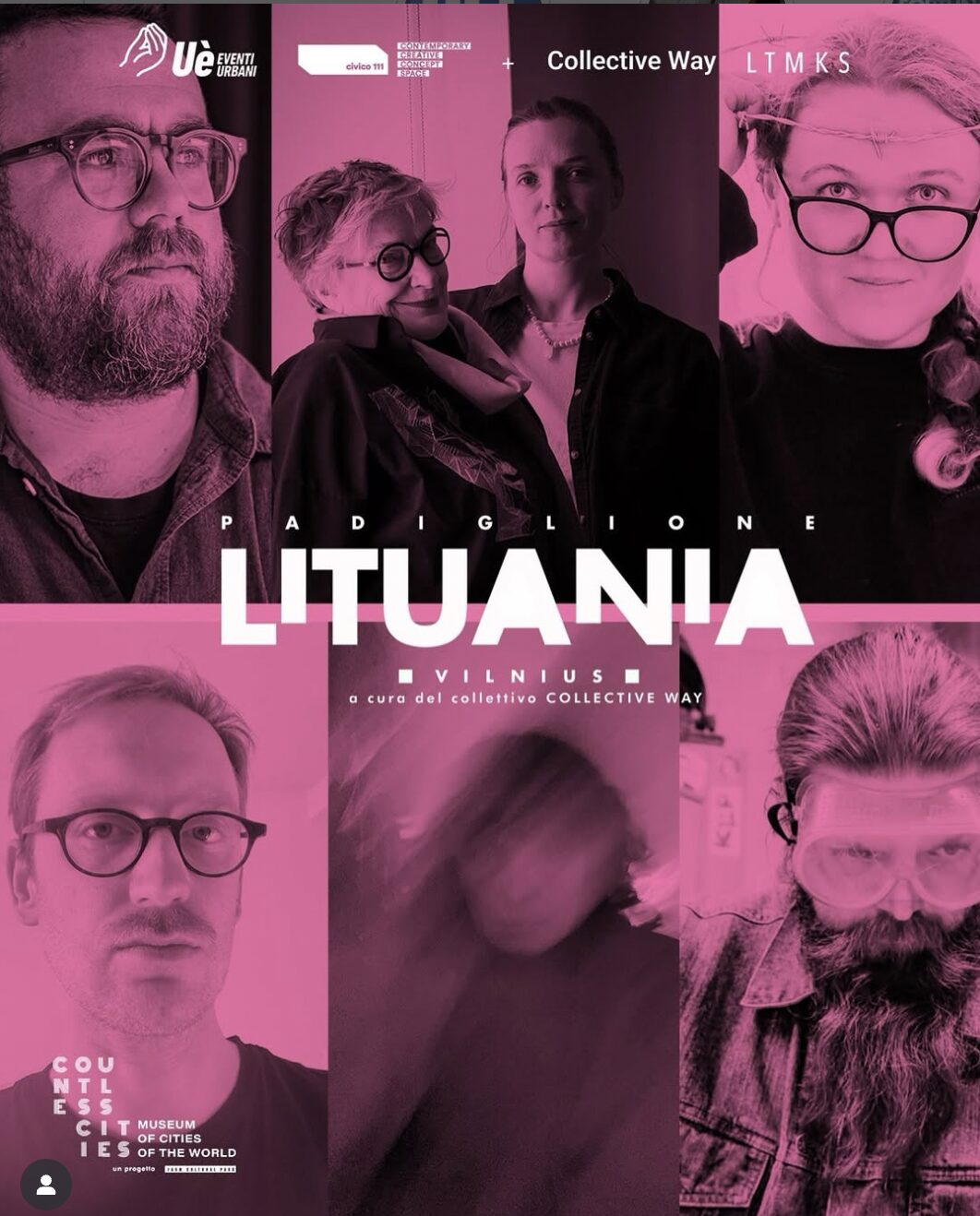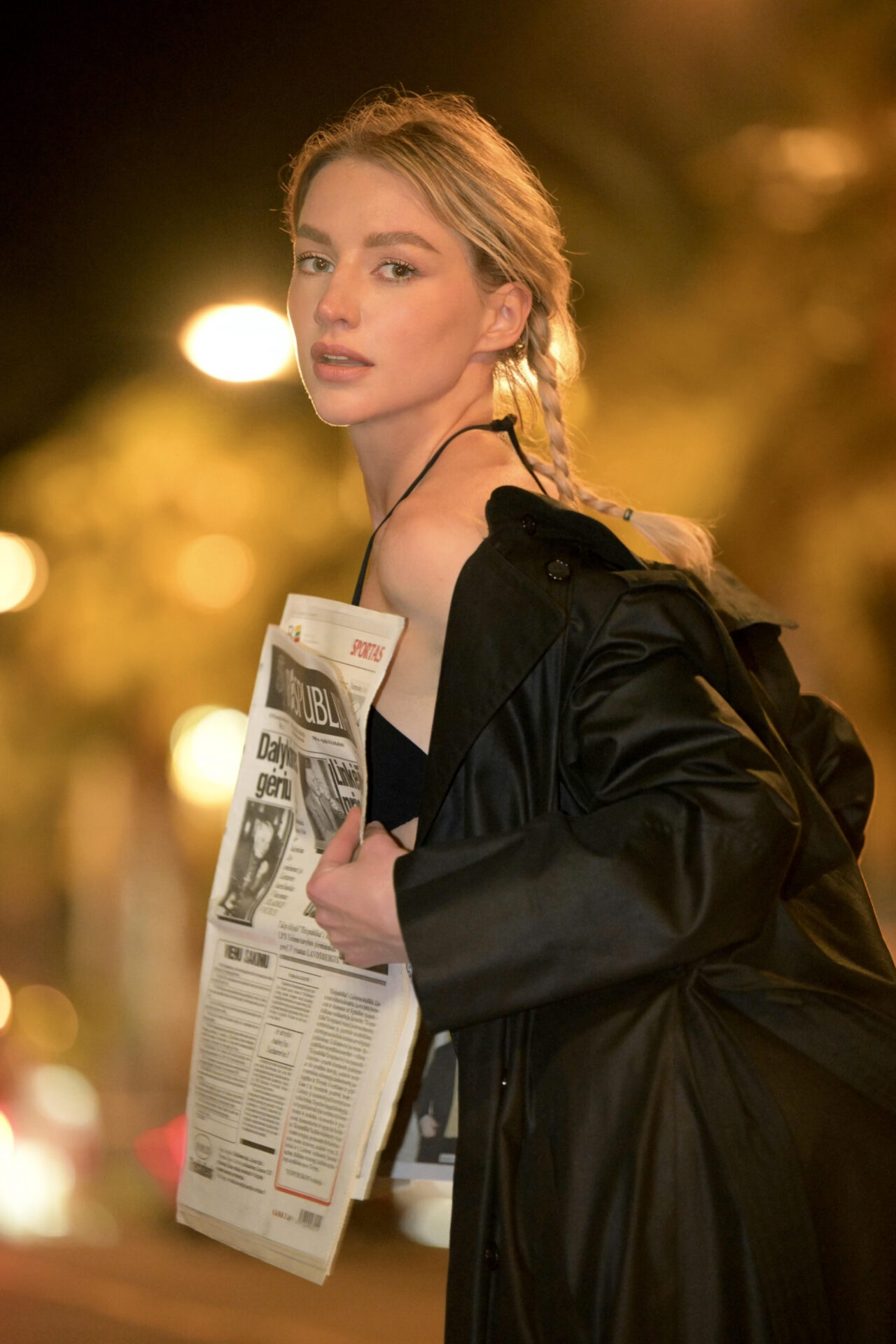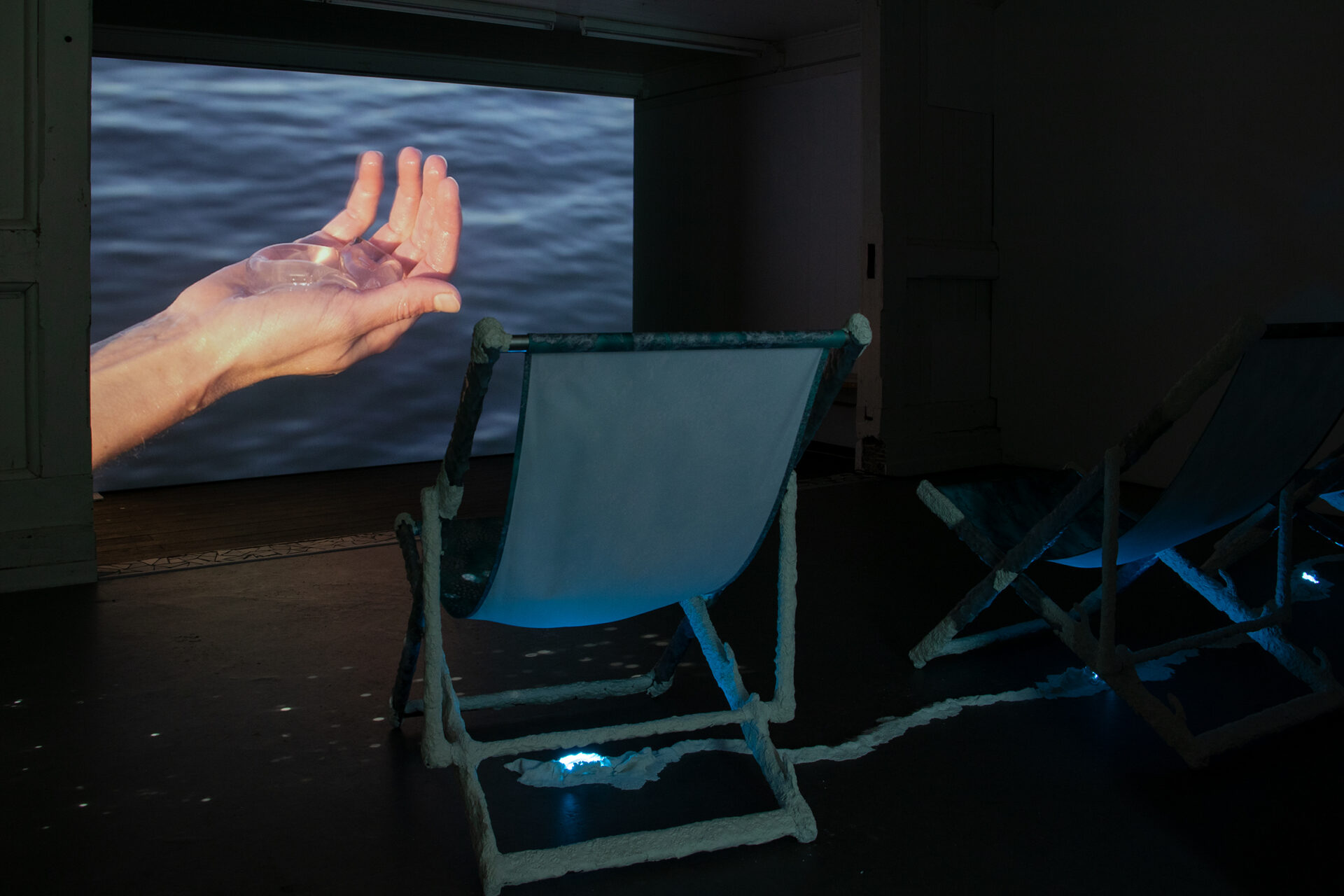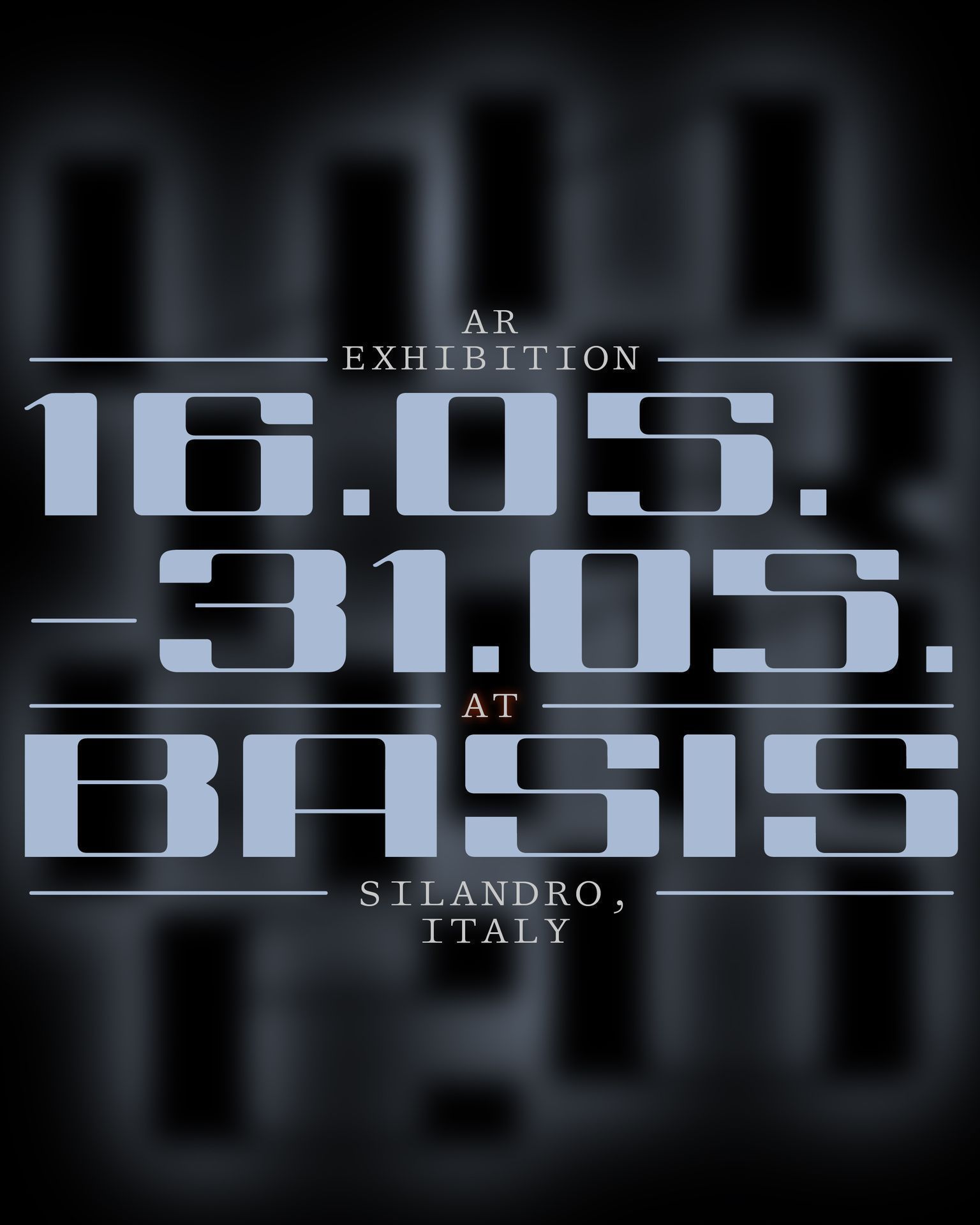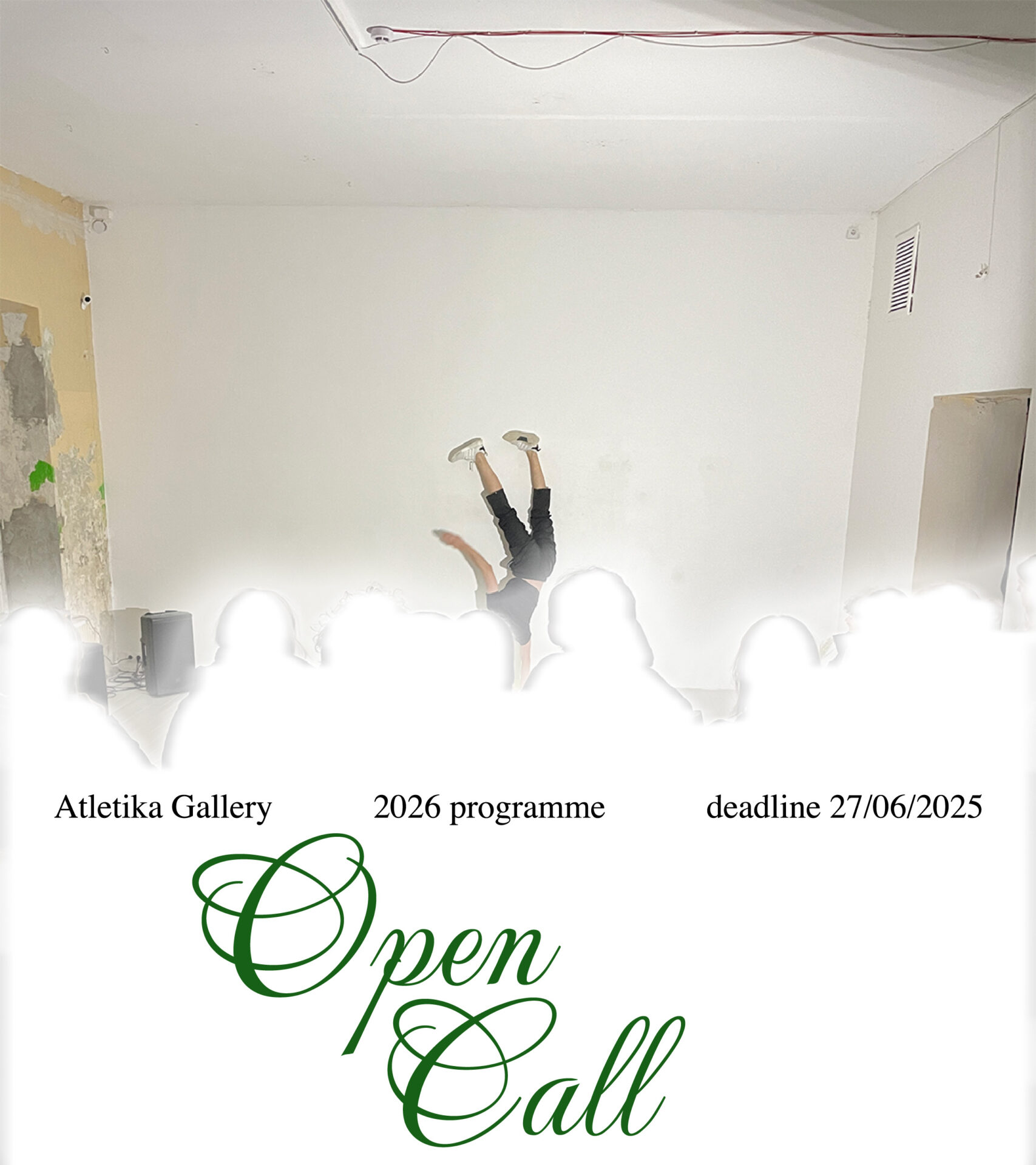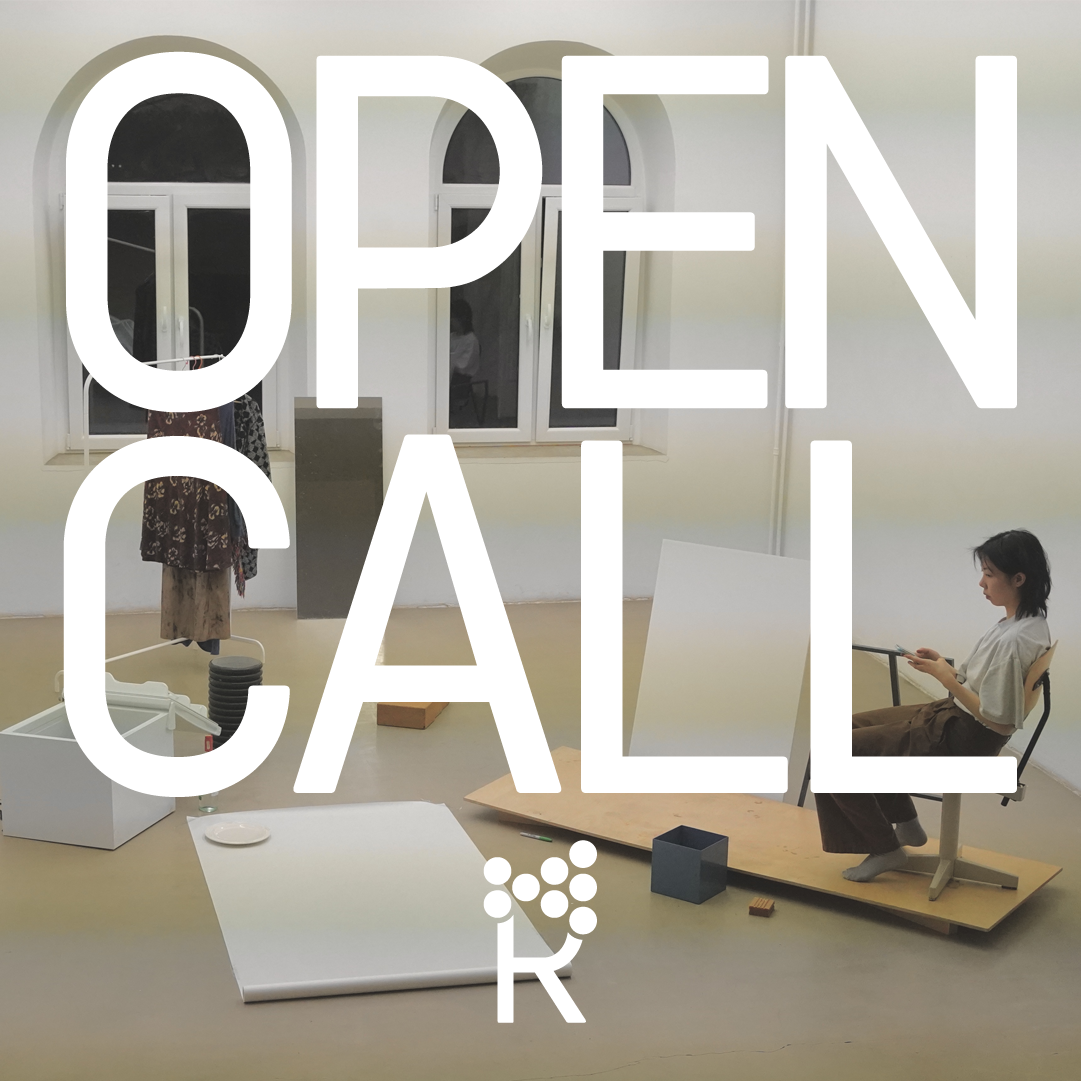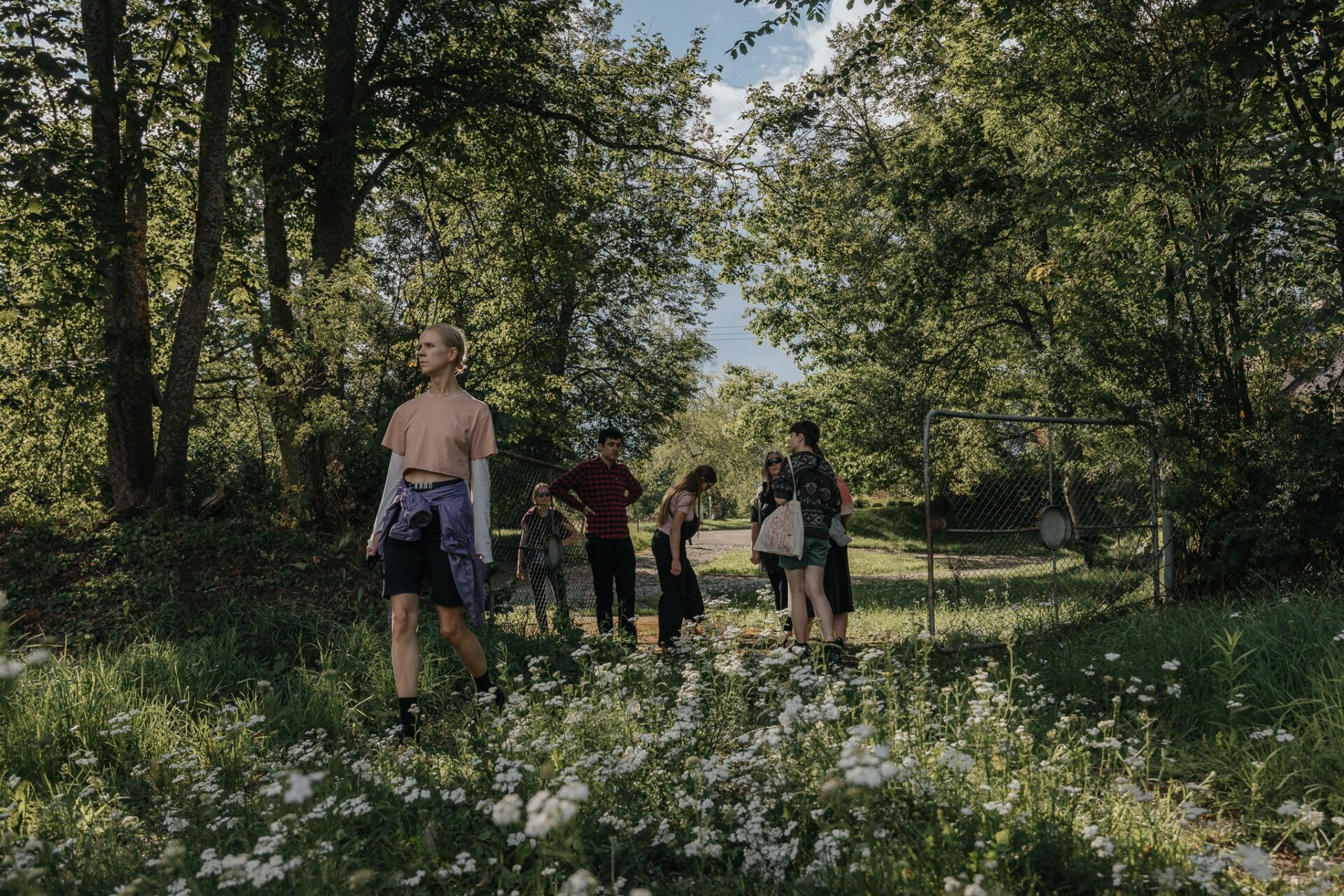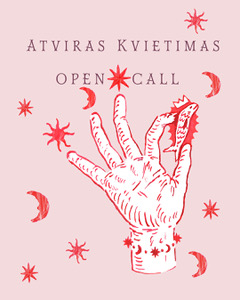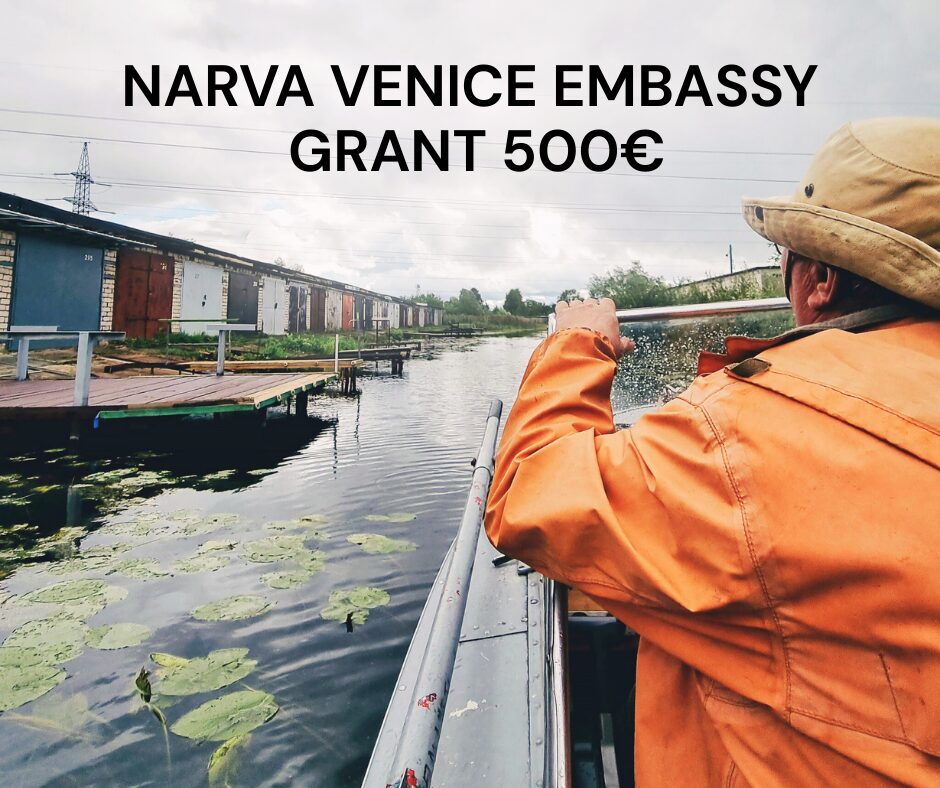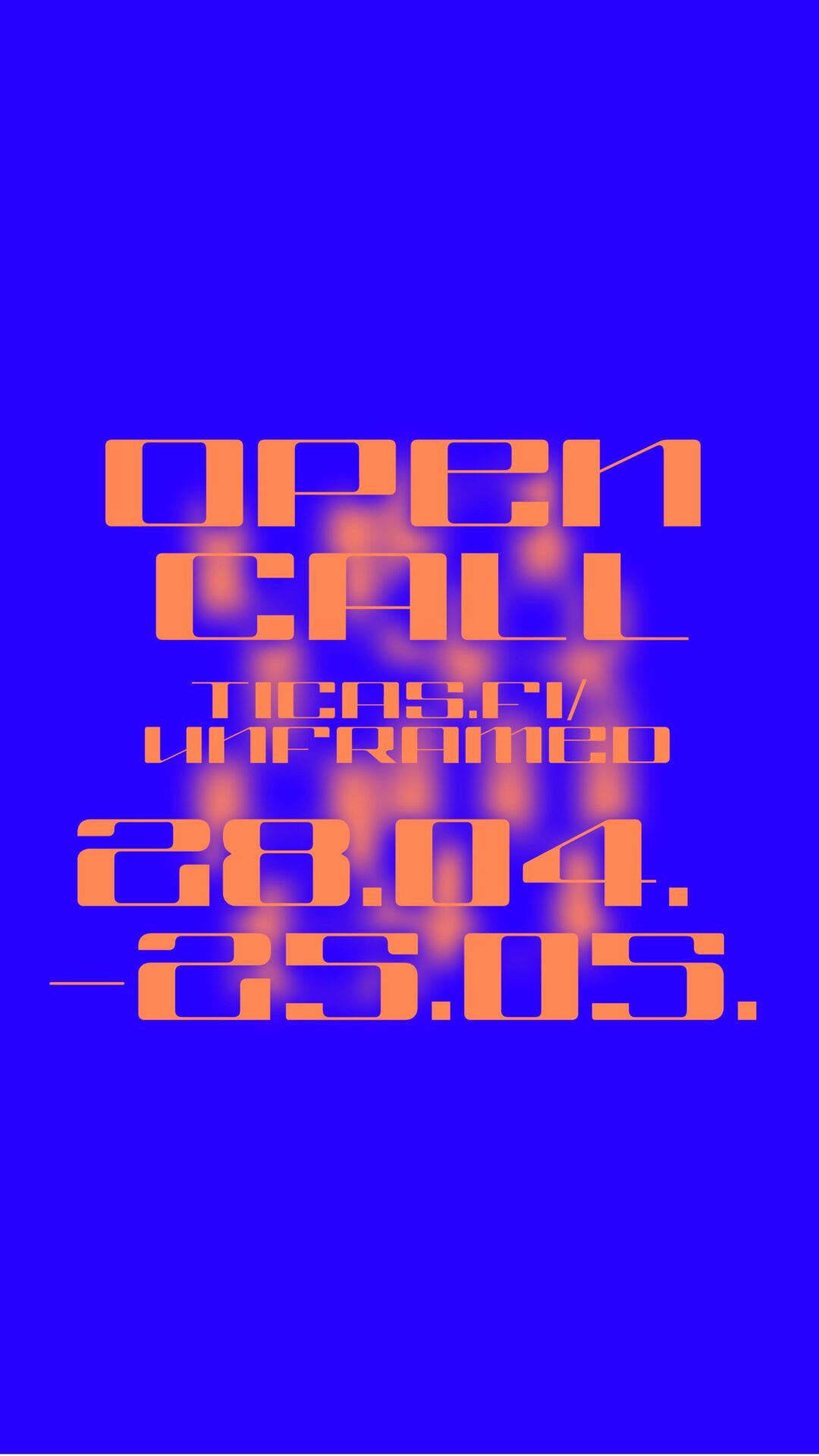The installation takes visitors on a journey to a hypothetical future, where climate change has left its deep mark. The TRVRCCS2AZT-8 tower offers a unique and effective solution for removing carbon dioxide from the atmosphere. With its simple and innovative design, this technology can capture significant amounts of CO2, thus helping to reduce greenhouse gas emissions and combat climate change. The inclusion of the human filter element adds to the system’s effectiveness and testifies to the scientists’ creative approach to this complex problem. The success of the launched project gives hope that the climate crisis can be alleviated and a greener and cleaner future is still possible for the planet.
The work is based on science fiction’s common views of humanity in the future, where individual rights and freedoms have changed. The most important thing is the survival of humanity as a species, within which the individual is no longer as important. Due to the deepening of the unequal distribution of resources, democratic principles and the protection of the weak have sometimes been sacrificed in the interests of the (corporate and political) elite.
Amidst the rapidly escalating climate crisis, demanding innovative solutions, scientists stand at the forefront. This installation serves as a tribute to their unwavering dedication in tackling this pressing challenge. However, global temperatures continue to rise, extreme weather events are becoming more common, and biodiversity is declining at an alarming rate. It is clear that current societal and moral norms, rules, and laws are insufficient to tackle the climate crisis and other environmental challenges. How is it even possible to imagine the future? Science fiction allows us to fantasize about a future world that will probably never exist, one that may never be possible, but is still tangible as it is partly based on our real world. Perhaps the dystopia unfolding in this experimental station will provoke visitors to reflect on the challenges associated with climate change in the here and now.
Animation: Trevor Kinna
Voice over: Toomas Täht
Sound design: Madis Kurss
Translations: Peeter Talvistu
Language editing: Richard Adang
Special thanks to: Antti Tamm, Marja-Liisa Plats, Tanel Liira, Heiki Maasik, Hilja Koplimets, Kaisa Maasik, Maido Juss
Karel Koplimets (b. 1986) is a Tallinn-based artist working in photography, video and installations. He studied photography at the Estonian Academy of Arts (2013) and continued his studies at the Higher Institute for Fine Arts (HISK) in Belgium (2020–2021). The artist recently participated in the group exhibition “Coup de Ville” (Sint-Niklaas, Belgium, 2024), the Videobrasil Biennial (Sesc 24 de Maio, Brasilia, 2023), the Fotokuu main exhibition “Transs” at the Tallinn Art Hall (2023), and held a solo exhibition “One Is the Loneliest Number” at the (AV17) Gallery in Vilnius (2022). His works are included in the collections of several museums, including Kiasma, Musée de l’Elysée and the Kumu Art Museum. From 2020 to 2022, Karel Koplimets was one of the recipients of the Estonian Artist’s Salary.
The Tartu Observatory in Estonia is a research and development institution in the fields of astronomy and atmospheric physics at the University of Tartu. Opened in 1964 in Tõravere, it is the successor and continuer of the Tartu University Observatory, founded in 1808, and the Tartu University Meteorological Observatory, founded in 1865. The observatory has departments of astronomy, remote sensing and space technology. The main research directions in astronomy are stellar physics, cosmology and galaxy physics, remote sensing research directions are vegetation cover monitoring, water body monitoring, atmospheric monitoring and radar monitoring. The Space Technology Department deals with the design, construction and testing of various new devices. Scientists of the Tartu Observatory are the supervisors of the satellite projects ESTCube-1 and ESTCube-2.
Photography: Karel Koplimets
